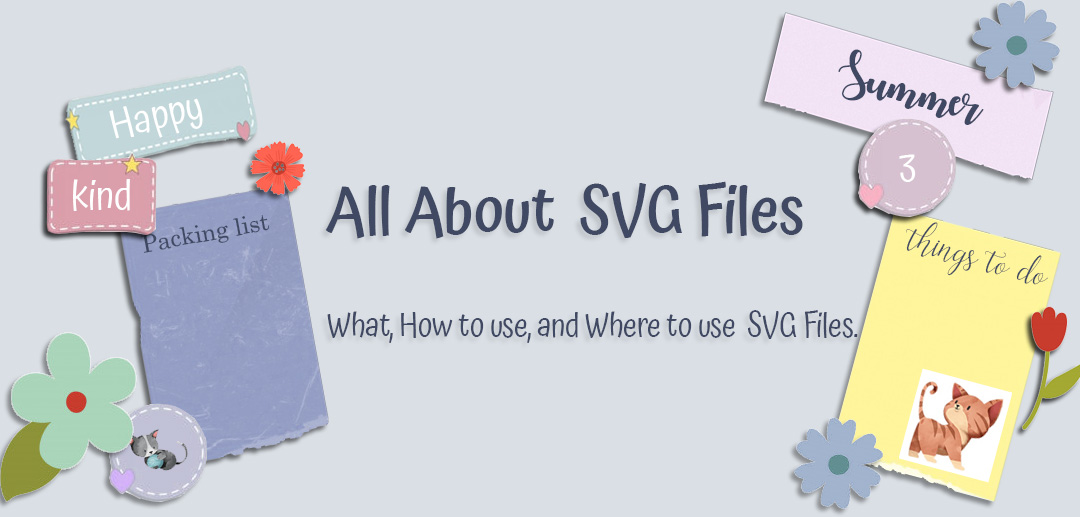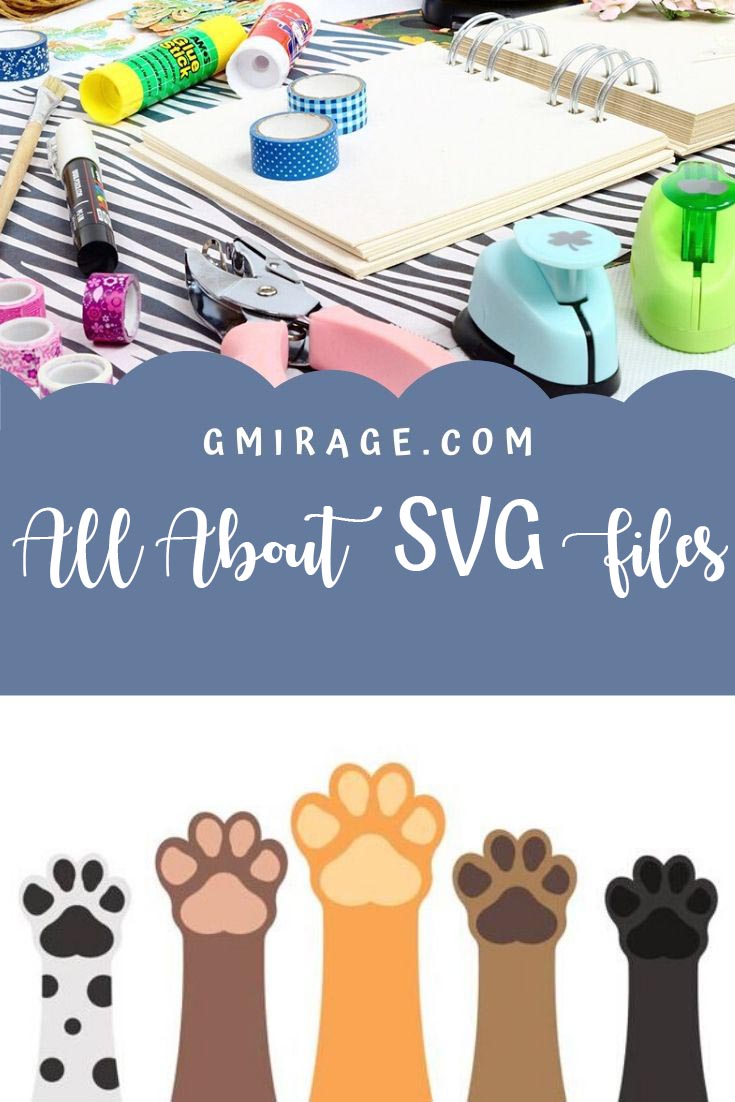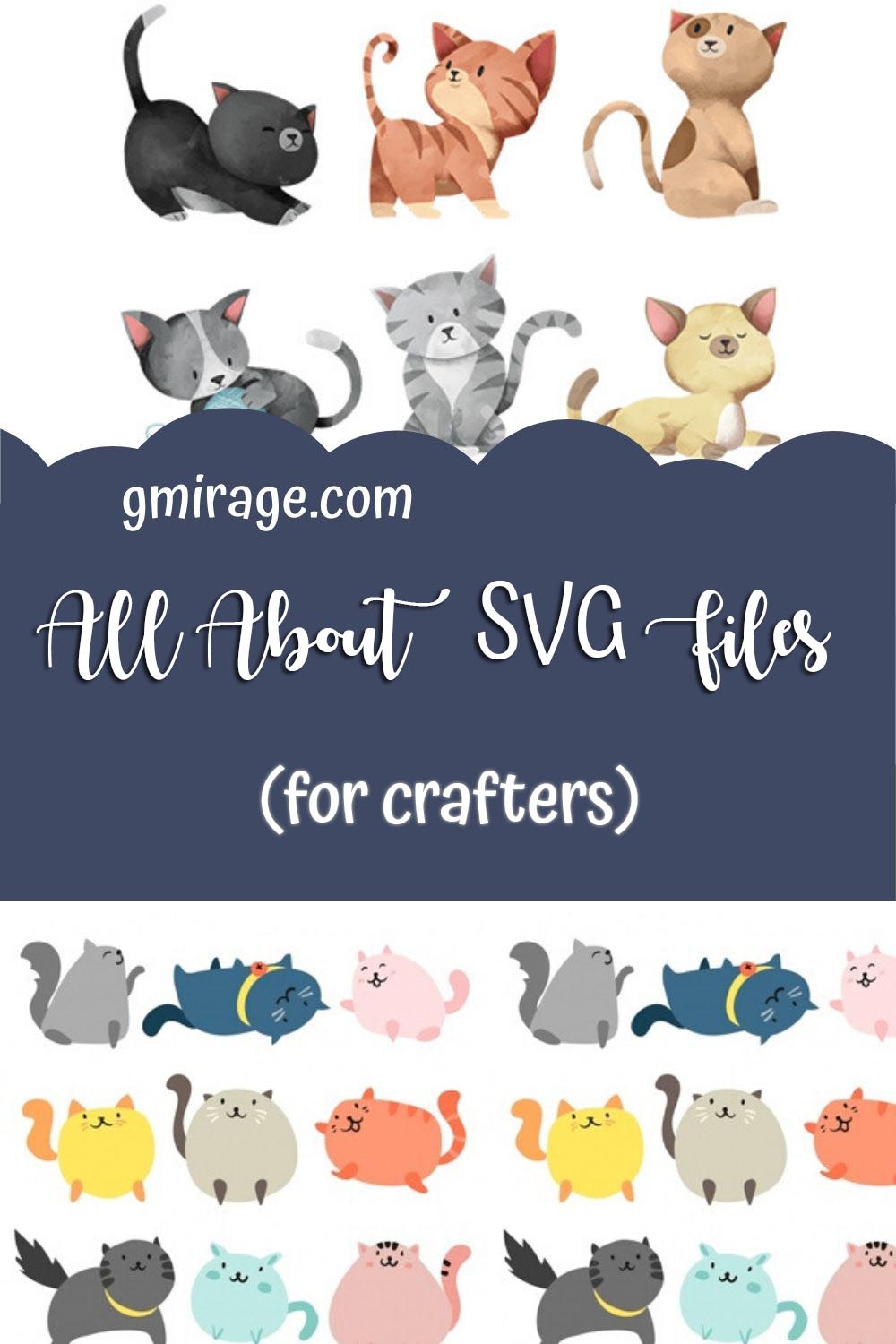Table of Contents
What are SVG files
SVG: Scalable Vector Graphics, is one of the oldest file formats (1999!) which now proved to be very versatile. SVG is based on XML and thus, defined in XML text files. In this format, they can be searched, indexed, scripted, and compressed easily. SVG can be created and edited with any text editor and any drawing software. It is also worth mentioning that all major modern web browsers support rendering of svg files.
We are familiar with GIF, JPG, PNG, even if we are not graphic designers. But we do not know as much about SVG compared to the other three, right? Simply put, they are all image filetypes. And I’m sure you’ve used them all, even unknowingly (like me).

Advantages of SVG file format
– Scalability
GIF, JPG, PNG are image filetypes that fall under raster files, they are used for images that you won’t scale up. SVG, as its name suggest is scalable, being a vector format : it is best for large image printing. Unlike raster files that becomes pixelated when enlarged, SVG files remain crisp and sharp when printed on A4 paper or on billboard.
– Responsiveness and Interactivity
An .svg format is easily interactive, it’s easy to customize being based on XML. An .svg file format has a text in it, reason that you can open it via a text editor, and edit it easily as mentioned above. You can also add animation and other scripts/effects to it using CSS or Javascript.
– Convenience and Accessibility
Another convenience of SVG files being text-based is it can be searched and indexed. SVG files can be read by screen readers and search engines improving your website’s presence in image search results.
– Sizing
What used to be ignored SVG filetypes seemed now adored because of their size range. They are relatively small files compared to raster files, and doesn’t lose quality when used small or big resolutions on screen.
Where to use SVG files

– Prints
If you are a business owner, having a strong presence mean more customers. If you are into DIYs then you certainly do a lot of printing too.
a. Logos
Having your logo seen around is the best way to advertise your services. While a website can help your business a lot, not everyone goes online. Traditional prints on ad boards, catalogues, magazine spaces, and even leaflets is still a big percentage of the process in getting the word out.
If you need products, company shirts or uniforms, you can easily print out your logo on items. Mugs, tumblers, cards, giveaway items will also spread awareness of a business’ presence.
b. Image Cuts

Businesses with in-house graphic designers find it easy to create image files as dictated by company branding. If you are a small business though, or doing some DIY projects at home, downloadable SVGs are your friend. In the world of crafters, SVGs are also called digital cut files.
There are a lot of websites with free downloadable SVGs and one of my favorites is Design Bundles. Design Bundles has both paid and free downloadable SVG cuts of myriad patterns you can use for cards/invitations, posters, banners, even for a full wedding project.
Whenever I need images for smaller home projects, Design Bundles is my go to. Not only do they have cricut digital cut files, there are also canva templates, logo mockup templates, basically any image kind and type you need.
SVG cut files can easily be used with cutting machines like Silhouette and Cricut. Cricut has its Design Space software while Silhouette uses Silhouette Studio to design and edit SVG files. Your cutting machine would then cut your design on the material of your choice per wireless instruction from the design software.
You can also use programs like Adobe Photoshop, Illustrator, and Animate to open and edit SVG files and cut files.
– Web Images
If you’re not online you don’t exist, says the millenials. And businesses are each on top of their game when putting their presence online. Setting up a business website, having an attractive logo, determining an overall branding concept, giving out freebies are some of the steps businesses to make an impact to people.
a. Logos, Icons
Business logos and icons, whether online or in billboards need to be sharp and crisp. Wherever a customer accesses a website: on laptop, tablet, phone, logos and icons should be “shiny” to catch attention. You can save time with layouts and other processes involved using SVG files.
b. Animation
My husband and my daughter are both into animation. Hubby works as a graphic artist, daughter is studying animation. They’ve both been working on SVG files and CSS to make cute animations. Little animated thingies make a website attractive (depending on the niche, of course).
c. Maps, Infographics, Charts, Graphs
Inputting Infographics, charts, maps won’t only provide useful information for your visitors, it also becomes an entertaining feature on your website.These add-ons are quite heavy though, but having them in SVG format means using high-quality files for less the size as we’ve mentioned earlier.
There are many other ways to use SVG files, for illustrations, building interface, diagrams, basically every lines and images that can be printed on paper and published on the web. Clearly, the SVG is what used to be a filetype largely ignored, but proved to be versatile and easy to use nowadays.
|
|
|








